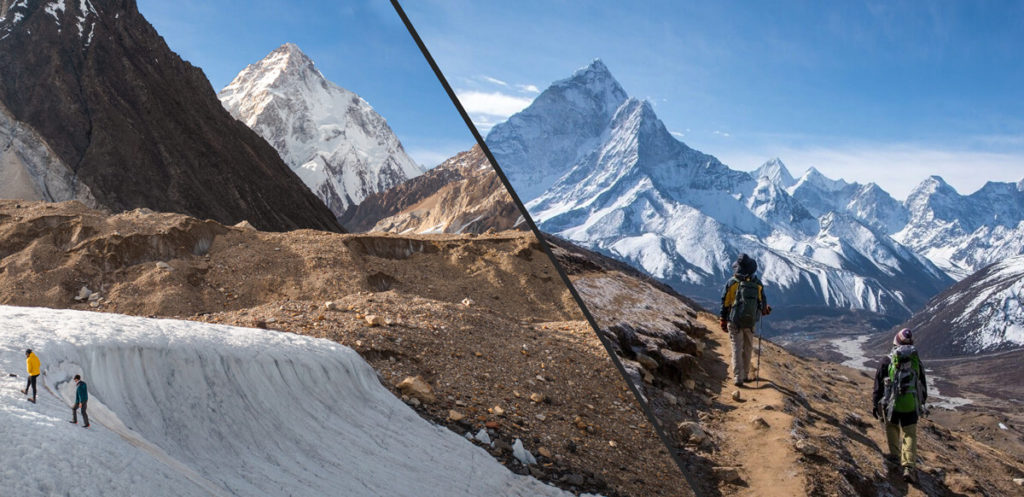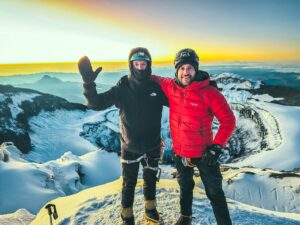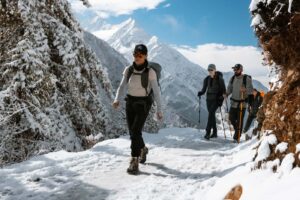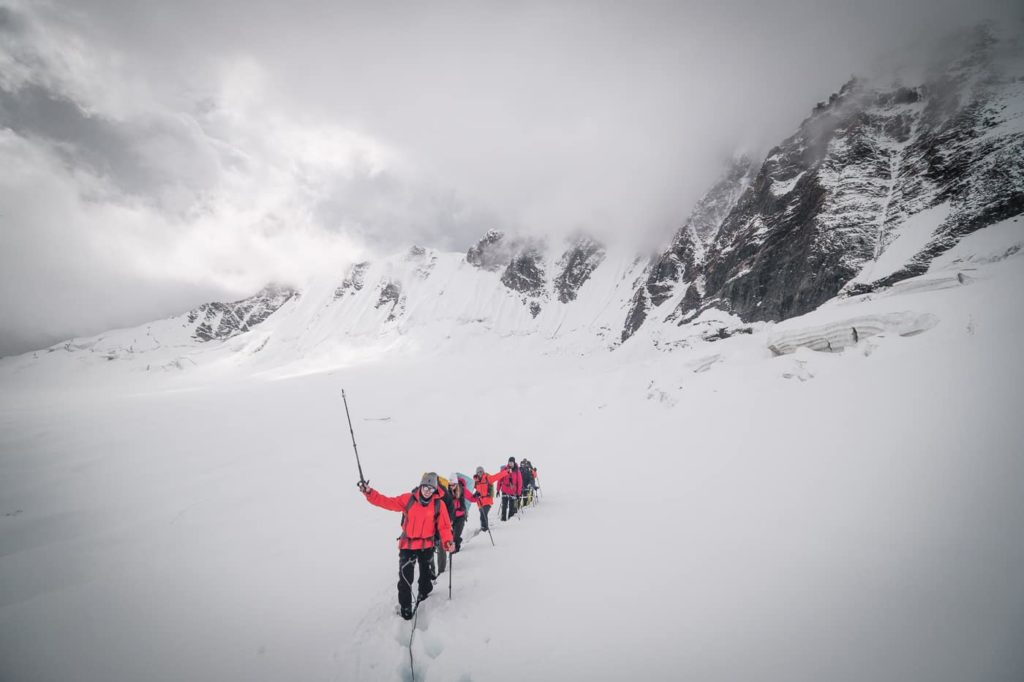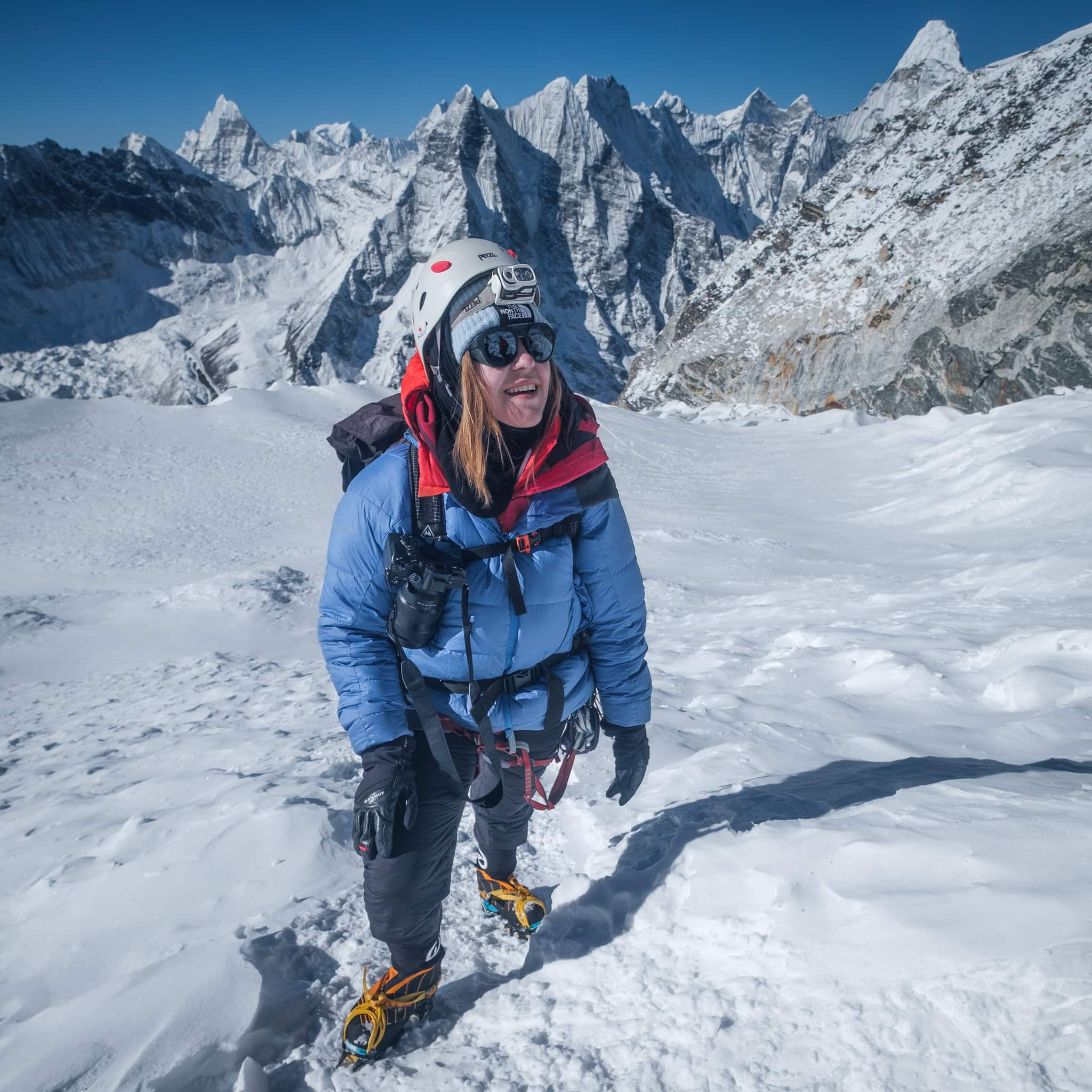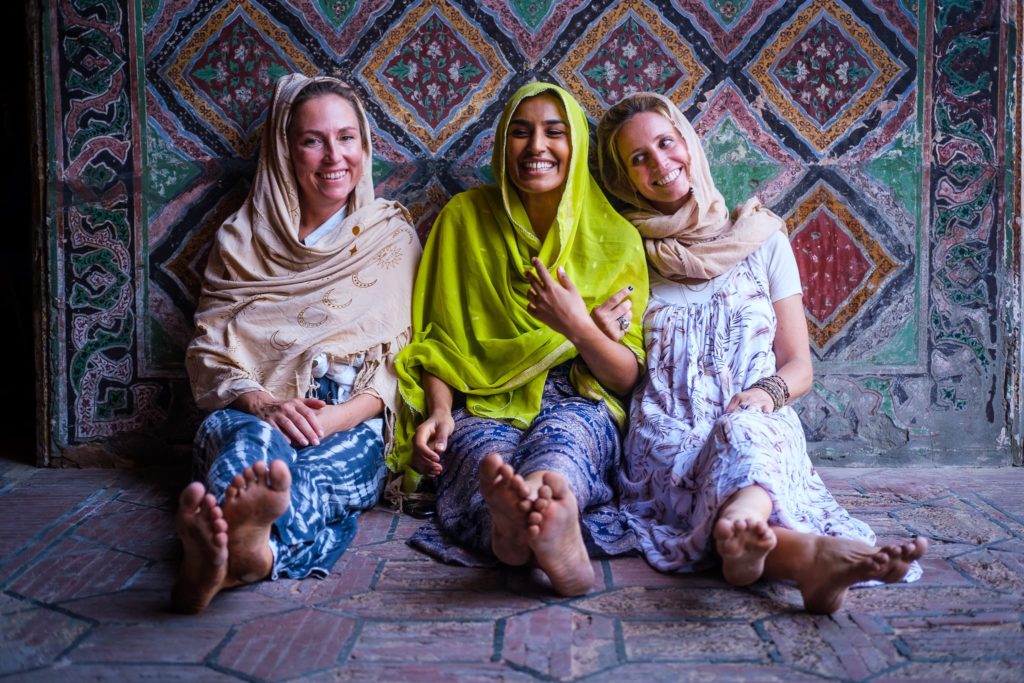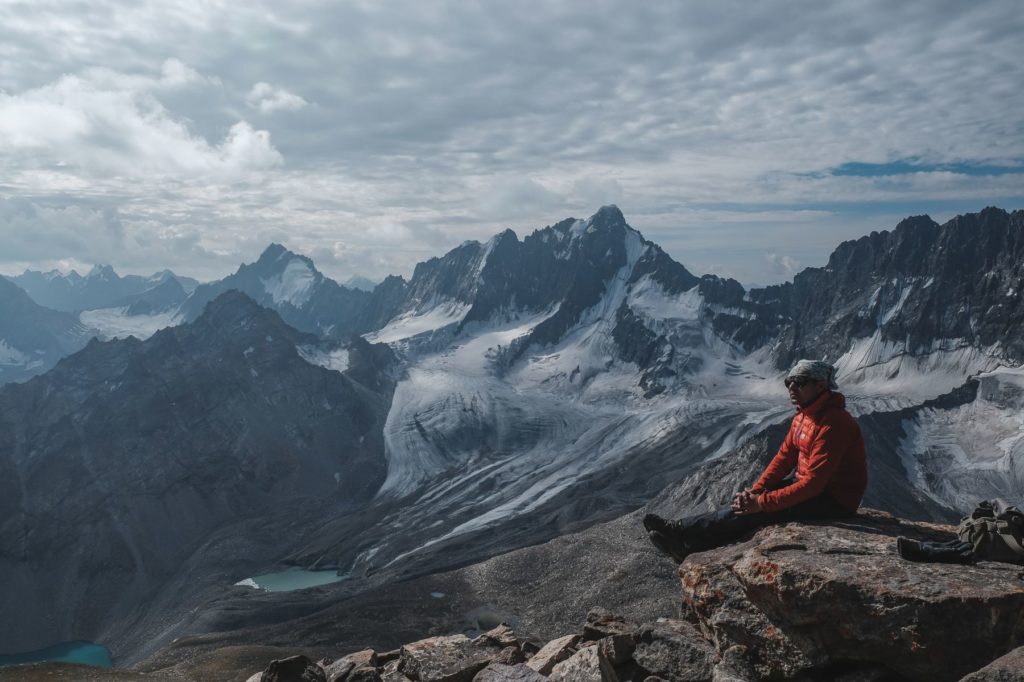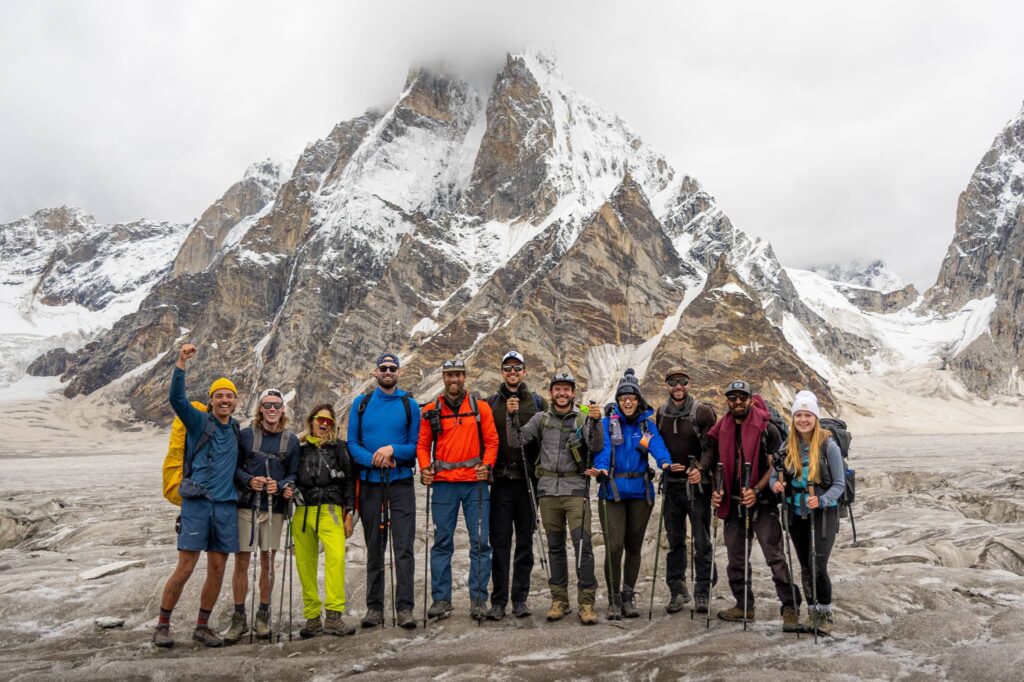Mount Everest and K2 are the two highest mountains in the world respectively.
They both host two of the greatest trekking itineraries on the entire planet as well. Visiting either would be a dream come true for many eager hikers.
But neither of these two mountains are necessarily quick or easy to visit. It takes weeks to get close enough to either to even see them, and we aren’t even taking into account things like flights or transit time. It’s bad enough getting more than two weeks off for work!
So if you had to choose one, Everest Base Camp or K2 Base Camp, which do you go with?
Upon finishing this article, you’ll know the answer to just that question. We’ve broken down the ins and outs of both treks and compared the two. We’ll point out their similarities, differences, and provide some reasons as to why you should choose either or.
If you haven’t had a proper adventure in the mountains in the last few years, now’s the time to start thinking of the next one. Both K2 and Everest are great places to choose – let’s find out which is best for you!
At a Glance
| Feature | Everest | K2 |
|---|---|---|
| Accommodation | Teahouse | Camping |
| Length | 10-12 days | 12-14 days |
| Crowds | Possible | Unlikely |
| Best time | March-April, October-November | June-August |
| Visa needed? | No | Yes |
| Difficulty | Moderate-Strenuous | Strenuous |
| Average price | $1000-$3000 | $2500-$4500 |
Accommodation
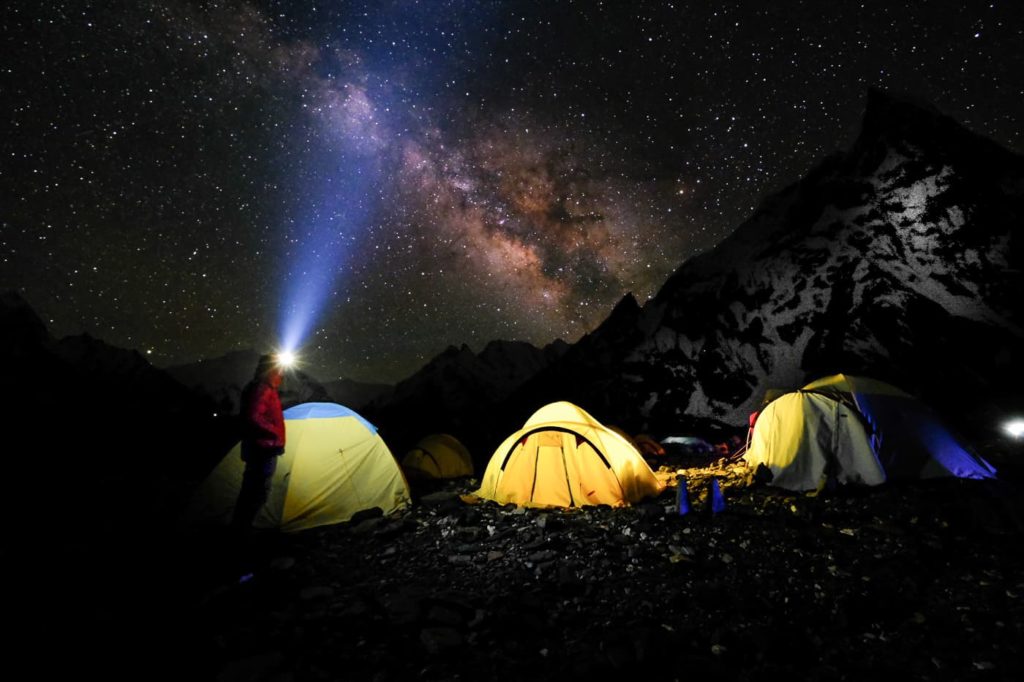
Everest Base Camp
Everest Base Camp is classified as a “teahouse trek”, which means that people don’t necessarily need to camp along the way. Rather, trekkers can stay at local teahouses or guesthouses that line the trail all the way up to Everest.
Staying in a Nepalese teahouse is a pretty cool experience. They’re usually pretty basic and don’t offer many amenities besides food, tea, a cold shower, and a bed i.e. the essentials. Despite being rustic to the point of simple, teahouses are a great way to meet other travelers and get to know the local culture.
K2 Base Camp
Unlike the Everest Base Camp Trek, once you are trekking to K2, it’s 100% camping. After Askole, there are no communities and no villages until Hushe on the other side of Gondogoro La.
Before and after the trek, there are plenty of hotels to choose from in Skardu, Islamabad, and everywhere in between. Even Hushe has a nice guesthouse or “refugio” built with the help of some Spaniards a few years ago.
Landscape
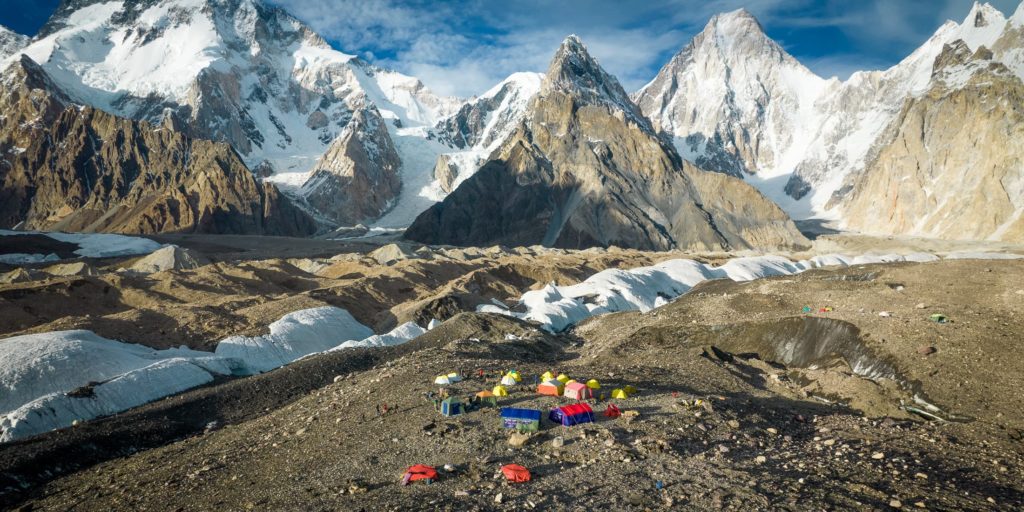
Everest Base Camp
Of the two choices, the scenery of Everest Base Camp is probably the more varied.
You start a bit lower on the trek to EBC where the landscape is a bit lusher and the climate is a bit balmier. You’ll actually be walking through proper woods along the way and crossing more than a few rivers.
But once you reach a certain point (around six days in at Dingboche), the landscape becomes barren. You’ll be in the mountains properly by then and on the doorstep of the mighty Everest.
A trek to Everest Base Camp doesn’t just feature Everest either. You’ll also get to see other legendary peaks such as Ama Dablam, Lhotse, and Cholatse, all of which are just as worth seeing.
K2 Base Camp
The K2 Base Camp trek is pure mountains. There is little if any vegetation around and the only thing you’re going to be seeing for the next 12-14 days is a whole lot of rock and ice.
But if you’re a true dirt bagger or a mountain lover, this place will be your Holy Land. Lining the Baltoro Glacier are some of the most impressive mountains in the world and these are made only more impressive by their sheer proximity. After 2-3 days in, you’ll be surrounded by nothing but towering peaks the rest of the way.
Some people also expect to see K2 right away but this is not the actual case. One doesn’t see K2 until about a week in once they reach Concordia. That’s not necessarily a bad thing though – coming around the corner and seeing K2 framed perfectly in the valley is something else entirely.
Culture
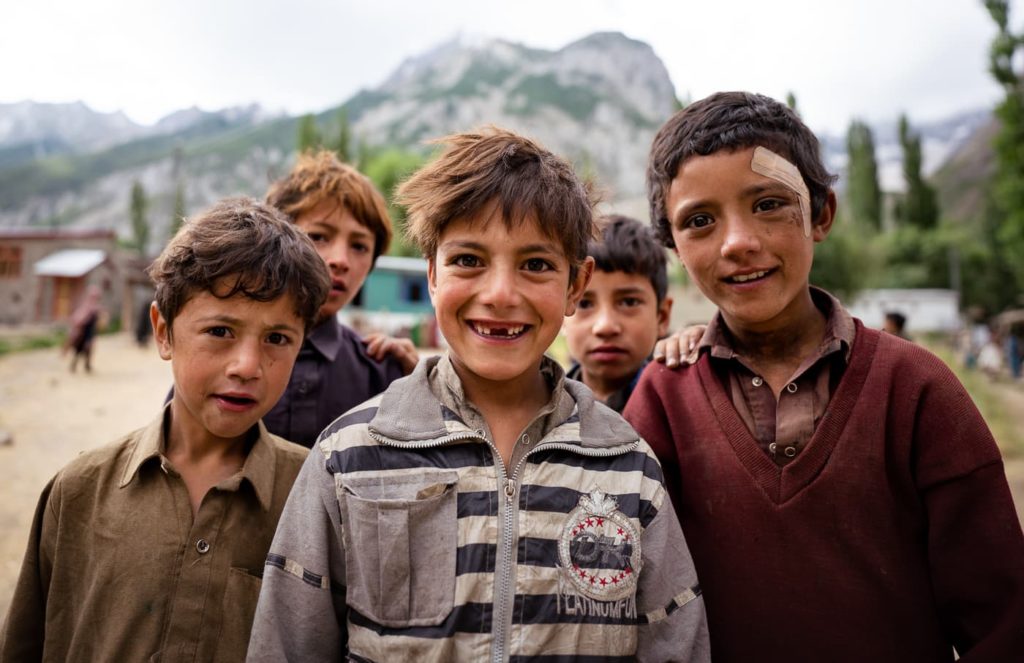
Everest Base Camp
The Everest Base Camp Trek is one of the quintessential teahouse treks that you can do in Nepal. Walking from village to village, speaking with the locals, and getting to know their lifestyles a bit better is an extremely enriching experience. Everyone should do a teahouse trek at least once in their own life.
The local culture of the Khumbu region is what you’d typically expect from the Himalayas. Semi-Tibetan and a part of the esteemed Sherpa lineage, Khumbu people are proud of their identity and enjoy educating foreigners on what being Sherpa is.
Like any good trek in Nepal, there are plenty of Buddhist shrines and temples along the way to stop at as well. Be sure to spin the prayer wheels for good luck.
K2 Base Camp
Gilgit-Baltistan*, home of K2 and most of Pakistan’s highest mountains, is a unique part of the country. Semi-autonomous, culturally distinct, and legally underrepresented, GB is kind of its own thing.
The province is staunchly Muslim although which type of Islam varies widely. Most of the Skardu Valley and Baltistan are Shia. At the eastern terminus of the valley, towards Khaplu and Hushe, most of the people are Nurbakshi Muslims, who are usually open-minded and tolerant of others.
Baltistan is pretty poor, underdeveloped, and lacking in education compared to the rest of the country. But what it lacks in modernity, it more than makes up for in hospitality. Baltis are very welcoming people and treat guests as gifts from God. They will stop at nothing to make sure that you are comfortable throughout your stay and will give you a good reason to remain longer.
*Baltistan and Gilgit are culturally separate but together form one province. Gilgit is further west and is home to the famous Hunza Valley.
Trek to K2 Base Camp
Access
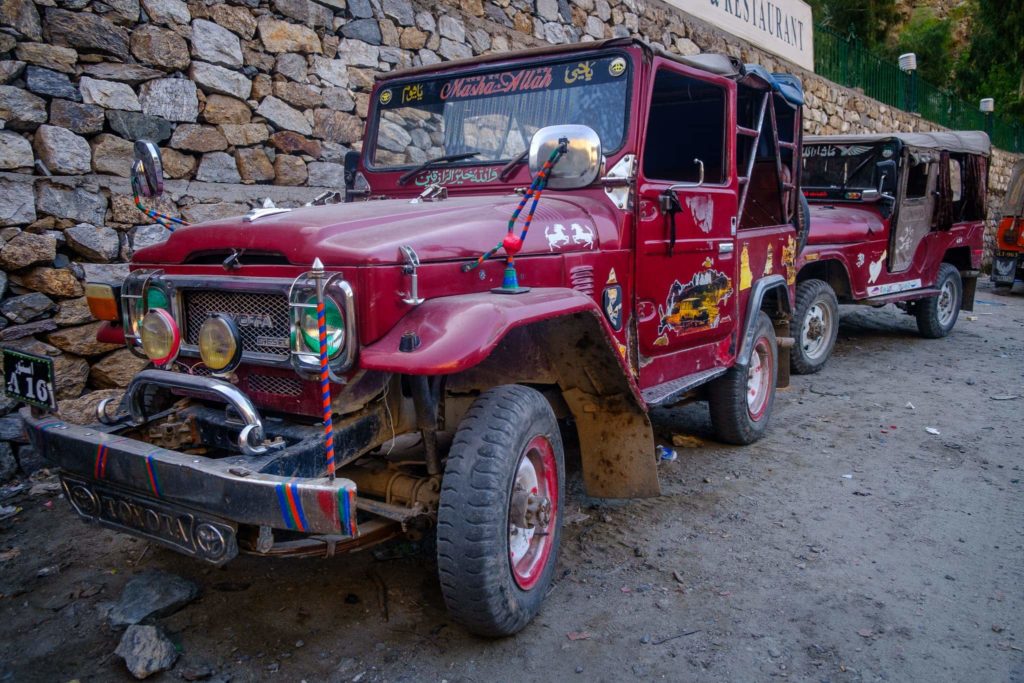
Everest Base Camp
All things considered, Everest is a pretty accessible mountain these days. Paperwork is minimal, Nepalese entry requirements are lax, and the way to base camp has been paved many times over by the thousands upon thousands of trekkers.
The starting point of the Everest Base Camp trek is Lukla, which is only a paltry 20-minute plane ride away from Kathmandu. Most people will arrive early enough in Lukla to be able to start hiking the same day. If you opt to walk from Kathmandu to Lukla, it takes 3-4 days.
From Lulka, most EBC itineraries take 12-14 days. If you’re looking for an example, you can refer to this article here.
K2 Base Camp
Despite being located relatively close to civilization (as the crow flies), K2 is not an easy mountain to get to. Located deep within the Karakoram and at the end of the world’s longest glaciers, the Baltoro, K2 requires time to reach.
First, hikers must arrive in Pakistan via one of its major airports, often Islamabad, Lahore, or Karachi. From there, they must then take another flight to Skardu, the largest city in Baltistan, or a day-long bus.
Then, a long jeep ride along a precarious but thrilling road until the Askole, which is the last settlement before the Baltoro Glacier. Finally, the trekking begins.
After Askole, it’s at least 12 days of trekking. One could do it in less time, but then there would be some long days of walking ahead. Better to add a day or two and enjoy the views.
Crowds
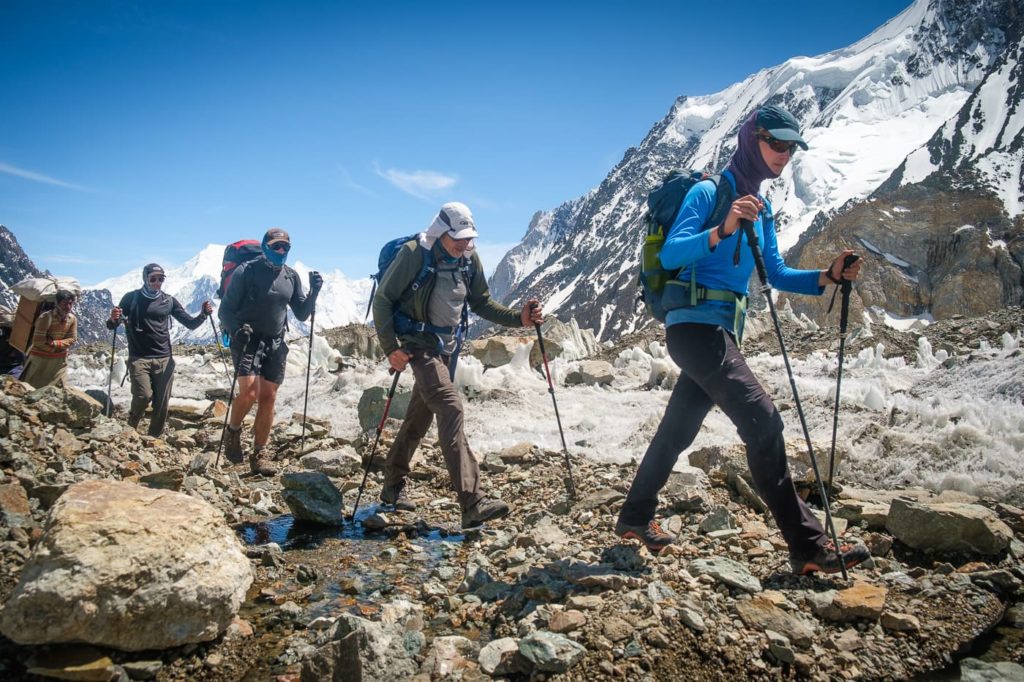
Everest Base Camp
Everest Base Camp is a very famous hike. Everybody knows about Mount Everest and wants to visit the foot of the highest mountain in the world and snap a photo to post on their Instagram.
Combine its popularity with relatively easy access and lack of paperwork, and you have the makings of a very busy trail.
Everest Base Camp can get very crowded during the high season. According to various sources, somewhere between 30,000-45,000 trekkers visit every year. That’s an incredible amount of people for such a place!
The saving grace is that there are a lot of alternative trails in the vicinity of EBC that one can take to get away from the crowds. The Three Passes Loop and Gokyo Lakes are particularly worth getting off the beaten path.
K2 Base Camp
In respect to Everest Base Camp, K2 Base Camp receives a fraction of the visitors. Less than 1000 people every year apply to visit K2 Base Camp. In fact, 2022 was a record year for the visa office with a whopping 800 applications!
Now compare that to EBC’s 45,000. If we whip out our calculators, K2 is 97-98% less busy than Everest.
Admittedly, the trail may feel busy at times as teams of porters and pack animals head to K2 but these moments are far and in-between. Most trekking parties may not even be aware of each other unless they hang together at base camp.
Ultimately, K2BC is much quieter and less busy than Everest Base Camp.
Climate
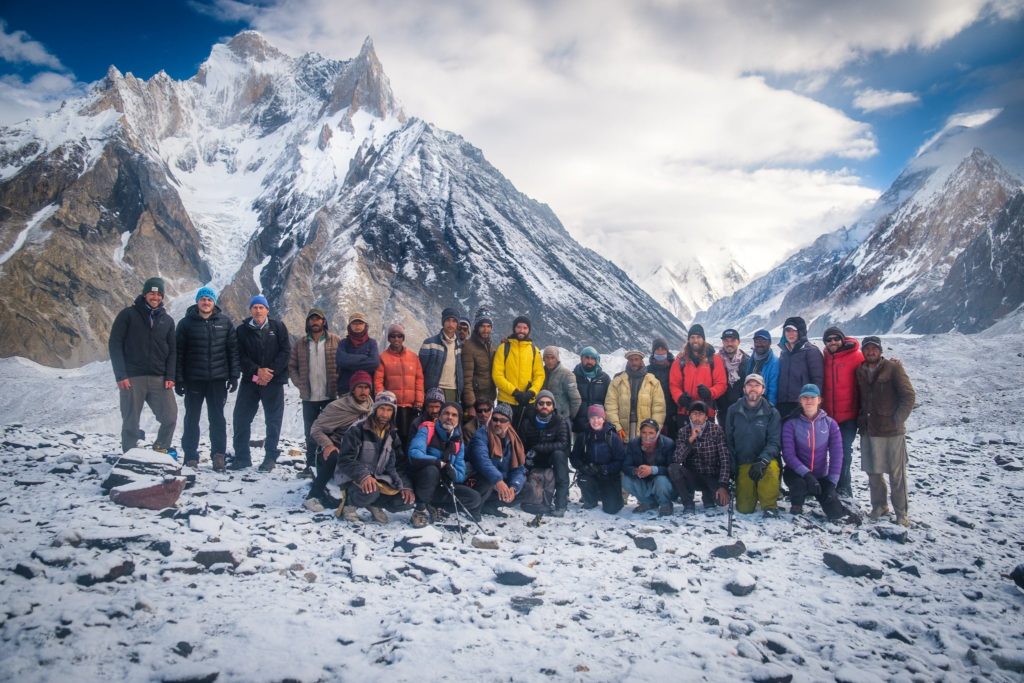
Everest Base Camp
Mount Everest is a part of the Himalayas, which is subject to a monsoon-like climate.
Summers (May-August) are warm, rainy/snowy, and offer poor visibility. Winters (November-February) are dry but frigid cold, especially at higher elevations. Neither is really ideal for trekking.
The most common periods to do Everest Base Camp are spring (March-April) and autumn (September-October) i.e. pre and post-monsoon. These periods feature clear, consistent weather, comfortable temperatures, and accessible trails.
K2 Base Camp
Contrary to popular belief, K2 is not located in the Himalayas – rather, it is found in a completely separate range called the Karakoram. This mountain chain – dividing Pakistan from China and India – is defined by its ultra-rugged topography and overall aridity.
The Karakoram is much drier than the Himalayas and has a very different climate. There are four distinct seasons here: summers (June-August) being relatively dry and hot, whilst winters are cold and a little wetter (December-February). Spring and autumn feel short but are nice times to visit other parts of Pakistan, like the Hunza Valley or Khyber Phaktuwnkha.
The best and really only time to trek to K2 Base Camp is in the summer. During this time, the glaciers and passes will be clear of snow and the weather will be somewhat cooperative. Fresh snowfall can happen at any time in the Karakoram though so come prepared.
Beuraracy
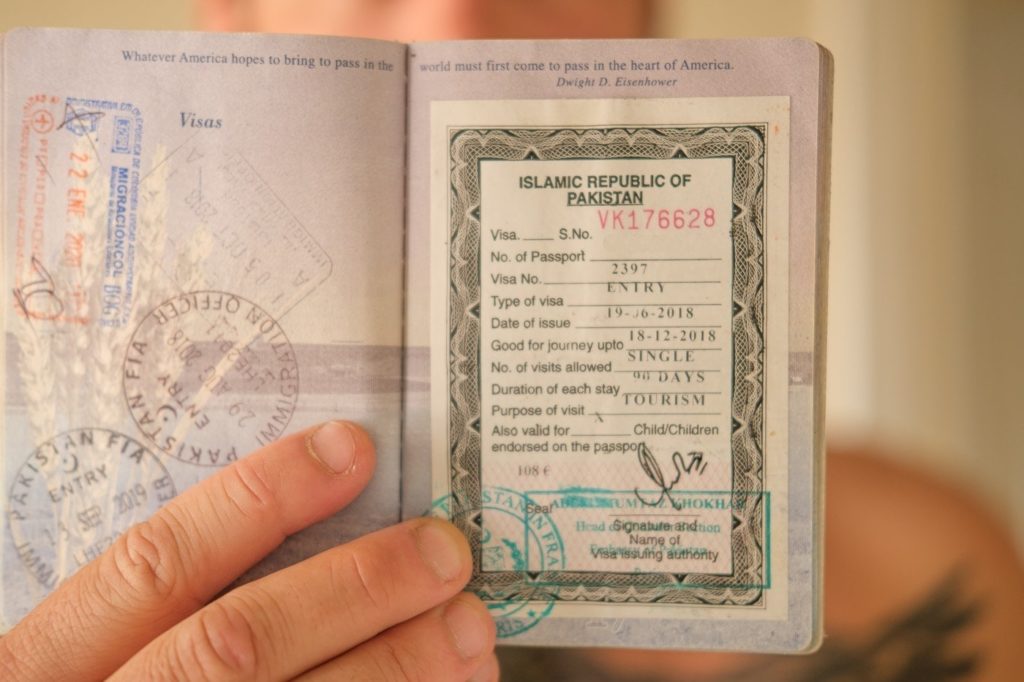
Everest Base Camp
If you intend to do Everest Base Camp independently, you will need to organize a handful of permits and pay a few administration fees before starting the trek. Most of these are handled at the Sagarmatha National Park office. Acquiring everything isn’t too much of a hassle or expensive.
If you go with a tour operator though, all of the permitting and administration will be handled by them. All you need to do is show up.
K2 Base Camp
Most Western visitors need to have a visa to enter Pakistan and visas are only granted to those who possess a host of supporting documents, such as a Letter of Invitation.
Once you have an LOI, you will then need to apply for your visa: in the case of K2, a Trekking and Mountaineering Visa. This is needed to visit the restricted area on the border of China and India, of which K2 lies right in the middle.
TLDR visiting K2 Base Camp requires a lot of pre-planning and processing time – one does simply arrive at the trailhead without any notice like Everest Base Camp.
Luckily, most tour operators who organize trips to K2 also help with the visa process. They’ll provide the necessary documents and walk people through the visa application. With a good operator, the whole process is really quite simple.
Difficulty
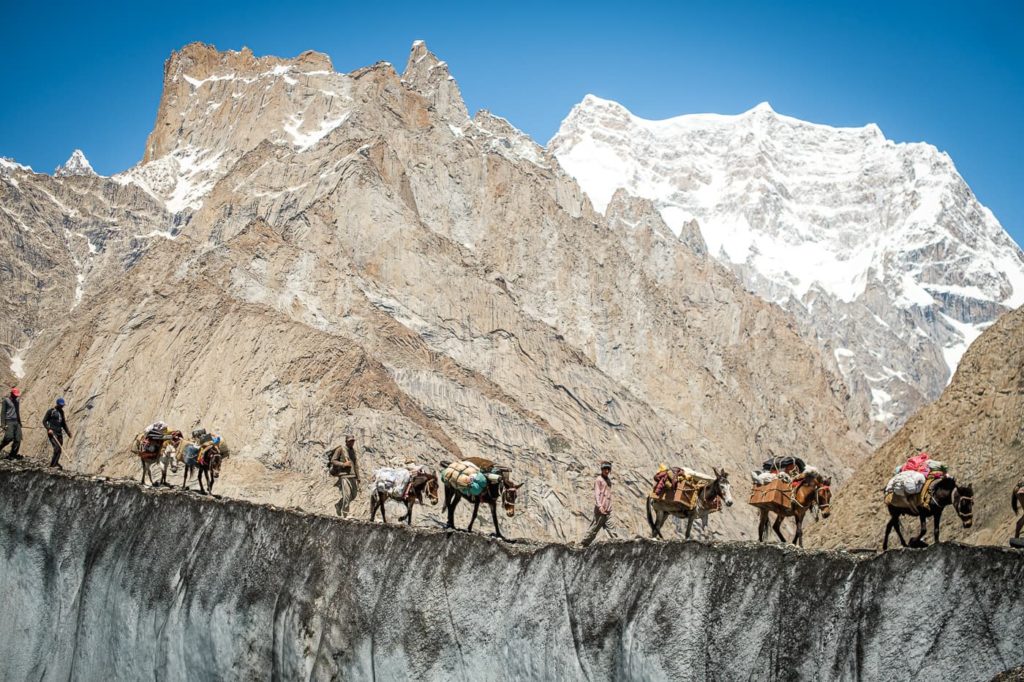
Everest Base Camp
For the uninitiated, hiking to Everest can appear to be a daunting task. Walking for 12-14 days, gaining nearly 3000 meters of elevation, and topping out at more than 5500 meters seems like a lot.
Certainly, EBC can be physically demanding (depending on the route you do) so hikers ought to be in shape before doing it. They should also have the right clothing and gear with them for such a high-altitude hike. The cold can be serious and blizzards can happen even in the dry season.
But all-in-all, hiking to Everest isn’t a huge ordeal. The trail is well-trafficked, the paperwork is straightforward, and lodging is reliable. Anyone with a decent amount of hiking experience can do this trek and not feel destroyed.
K2 Base Camp
Make no mistake: the way to K2 Base Camp is tough, much more so than EBC. Walking on a glacier for 10-12 days can be tiring and there’s not much in the way of comforts outside of what’s packed in. The weather can be oppressing too, even in the stable summer season.
But is it the most challenging trek in the world? Not at all. Anyone with good fitness, a solid team, and the right attitude can complete this hike.
With the challenge also comes fulfillment. Complete the trek to K2 and you will join the select few who are able to handle the elements and the sheer wilderness of the place. Of course, seeing K2 and all the other surrounding mountains are rewards unto themselves.
Price
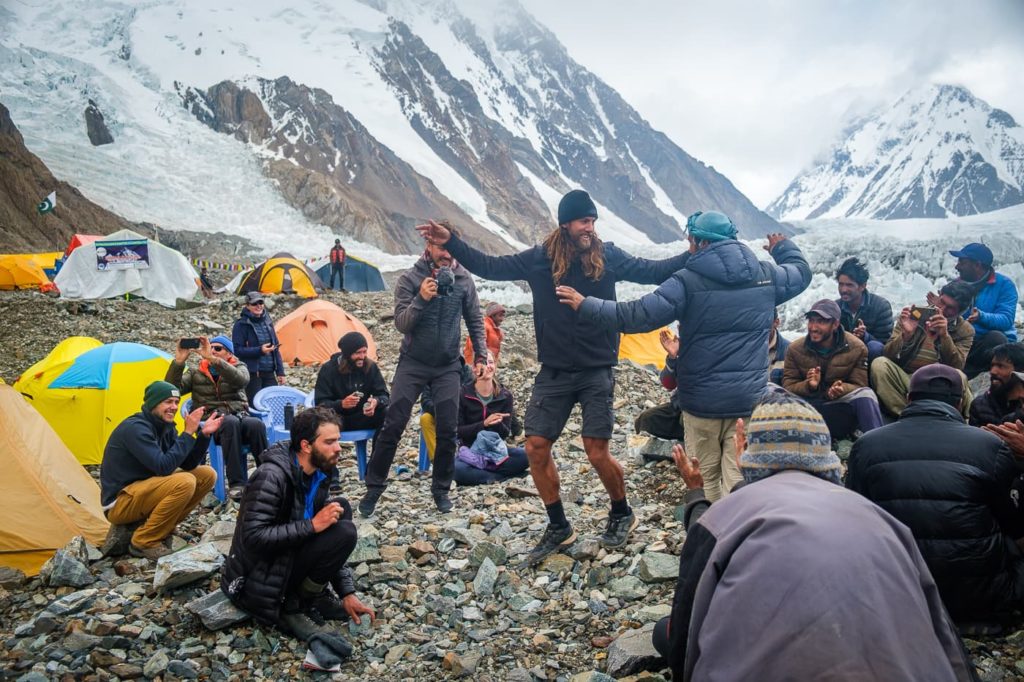
Everest Base Camp
The price of EBC varies quite drastically.
Solo trekkers could do the entire thing from anywhere between $500-$1500 depending on the number of comforts they want. Shoestring backpackers who carry all their own gear, camp, and eat only dahl have been known to do this trek for $15-$20/day. Adding extra services like a porter/guide and paying for a bed increases the daily rate, but not drastically.
Going with an outfitter is the most expensive option, but prices are still reasonable. The average trip cost is anywhere from $2000-$3000. For most people, this pricepoint offers plenty of comforts but it’s possible to spend even more for an ultra-luxurious experience.
K2 Base Camp
First thing’s first: it’s 100% not possible to trek to K2 Base Camp alone and self-supported. For one thing, carrying 12 days of supplies is just not feasible; for another, it’s illegal to be in the area without some sort of guide.
Everyone has to join an organized tour to reach K2 Base Camp. Yes, it is more expensive this way, but at least you won’t have to worry about organizing your own porters, accommodation, supplies, etc.
Prices for the K2 Base Camp Trek start at $2,000-$2,500, but, to be frank, you’re not going to get a ton for this price. The itinerary will be shorter, customer service will be minimal, and the food may not be enough.
Spending an extra grand or two really makes a difference on a trip like this. You’ll have better quality guides, more time to enjoy the mountains, and plenty of camp comforts (within reason). $4,000-$4,500 is a good amount to pay for K2, but like Everest Base Camp you could even spend more if you want ultimate luxury.
In Conclusion
The difference between hiking to Everest Base Camp and K2 Base Camp can be summarized as follows:
- If you’re looking for something relatively easy to do, with little in the way of paperwork, and for as cheap as possible, choose Everest Base Camp. Just be aware of potential crowds and the seasons.
- If you want a more wild experience that features epic mountain views, a real challenge, and little to no crowding, K2 Base Camp is more appropriate. The trek just involves a bit more planning and is generally more expensive to do.
At the moment, Epic Expeditions only organizes trips to K2 Base Camp. If you’d like to join this year or in the future, be sure to check the official tour page.
Otherwise, stay tuned because who knows: maybe one day we’ll be organizing trips in Nepal!

